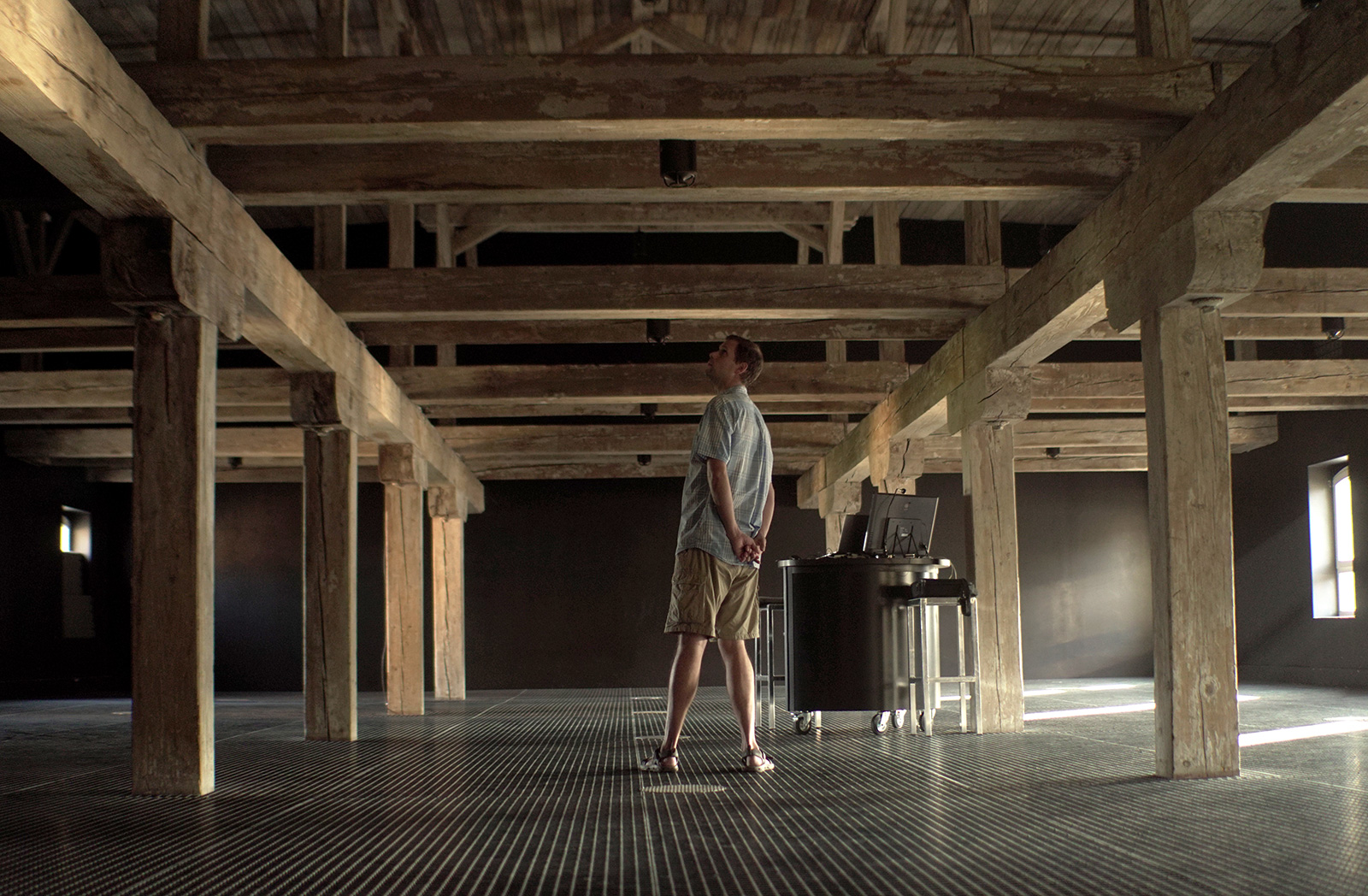Par La Voie des Rythmes -
La Déploration sur la Mort d'Henri Michaux (2018)
Akos Nagy
‘Par la voie des rythmes - La Déploration sur la Mort d'Henri Michaux’ is part of a bigger piece dotted with 75 minutes-long ensemble comments by hungarian composer Akos Nagy. In the spatialized version of this piece, 4DSOUND is used as a medium to show the different sound surfaces, their spaces and the movements within that can be heard in the music.
‘Par la voie des rythmes - La Déploration sur la Mort d'Henri Michaux’ is a crystalline-shaped spatial composition. An organic, monolithic building of sound consisting of multiple different premises. A symphony of instruments from around the globe, forming masses of sound that extend far beyond the room one is in. Once you submerge yourself in the piece the complex inner architecture is revealed, twinkling and evolving, with numerous paths that the listener can take within.
Nagy’s sounds are a surgery on our ears, opening our listening to extremely activating frequencies that penetrate into the inner caveats of our body. Deep beating tones form dense walls that one can pass through to then tumble and discover yet another sonic capsule.
—
![]()
![]()
Links:
PRAE / Silence is my Canvas - interview with Akos Nagy about composing timespace
‘Par la voie des rythmes - La Déploration sur la Mort d'Henri Michaux’ is a crystalline-shaped spatial composition. An organic, monolithic building of sound consisting of multiple different premises. A symphony of instruments from around the globe, forming masses of sound that extend far beyond the room one is in. Once you submerge yourself in the piece the complex inner architecture is revealed, twinkling and evolving, with numerous paths that the listener can take within.
Nagy’s sounds are a surgery on our ears, opening our listening to extremely activating frequencies that penetrate into the inner caveats of our body. Deep beating tones form dense walls that one can pass through to then tumble and discover yet another sonic capsule.
—


Links:
PRAE / Silence is my Canvas - interview with Akos Nagy about composing timespace